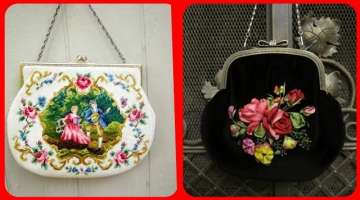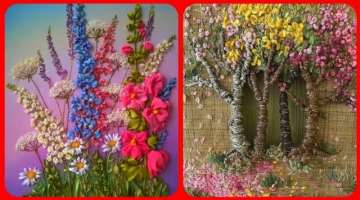Hoya cumingiana care, photographs and common issues
Hoya cumingiana is a shrub-like epiphyte. The shoots are cylindrical and sparsely covered with fine hairs. The internodes are up to 22 mm and 4 mm in diameter. The stalked leaves are elliptical to rounded, 30 to 55 mm long and 20 to 30 mm wide. They are smooth with a green top and a light green bottom. The end of the blade is pointed, the base of the blade is heart-shaped, the stem is 2 to 3 mm long.
- 1 | 15

The inflorescence is tuberous to racemiform and sits on a stem up to 17 mm long. The inflorescence is 15 to 20-flowered and hangs mostly. The flowers are approx. 9 mm long, 10 mm in diameter and sits on a 17 to 22 mm long trunk
- 2 | 15

The cold leaves are lanceolate, 2.3 mm long and 0.9 to 1.1 mm wide. Corolla is curved backwards and yellowish-creamy in color. The top is densely covered with fine hairs, the underside is hairless.
- 3 | 15

The crown tube is approx. 3 mm high and 3 mm in diameter. The corolla lobes are lanceolate to triangular, up to 4.3 mm long and up to 3.8 mm wide.
- 4 | 15

The short-stemmed secondary crown has a diameter of 6 to 7 mm and is 2.5 to 5 mm long (high). It is greenish brown to reddish brown in color, mid-purple. The corolla lobes are 2.5 to 3.7 mm long and 1 to 1.7 mm wide; the tip is rounded.
- 5 | 15

Geographical occurrence The species occurs in the islands of Luzon, Palawan and Mindoro Philippines and in Java (Indonesia).
- 6 | 15

The latter occurrence is questioned; possibly it is a different species. In addition to its natural occurrence in tropical rainforests, it also grows on roadsides and other human-influenced habitats.
- 7 | 15

H. cumingiana wants strong, indirect light. It can withstand a little morning or evening light but avoid hot midday sun otherwise the leaves will turn yellow and burn.
- 8 | 15

Use a very well-drained soil mixture and boil again at least every two years with a coarse, extremely well-draining surface (see hoya soil). Water thoroughly so that excess flows out. A waterlogged soil leads to yellowing leaves, followed by root rot and death. Never leave the roots of the plant in standing water.
- 9 | 15

H. cumingiana is not hardy and foliage will burn and die if exposed to frost. Growth will be below 20 ° C (70 ° F).
- 10 | 15

Yellowing leaves Yellowing leaves are a sign of too much water. Make sure that the pot has good drainage and let the soil surface dry between waterings. If the soil stays too moist for too long, consider replanting to a mixture that dries faster – see hoya soil.
- 11 | 15

Thin or wrinkled leaves Thin leaves are a sign of stress in Hoya. Check that the plant has good drainage and is not in water or compacted soil. Wrinkled leaves may indicate that the plant is thirsty and needs water. If the plant has wrinkled leaves and the soil is kept moist, it can mean that the plant’s roots rot. Carefully remove the plant from the container and check that the roots are healthy.
- 12 | 15

Drop new leaves If your H. cumingiana grows actively but loses new leaves before they have fully matured, it is probably a sign of water tension. Have you recently soaked the plant? Or have you let Hoya dry out for too long between waterings? Try adjusting your watering schedule to reduce the large fluctuations under plant conditions.
- 13 | 15

Hoya that is actively growing or in the process of flowering require more water than a Hoya that is dormant. Slow or no growth Hoya can be temperamental plants. A change in the environment can send the plant to a partial dormant state and the growth will stop for weeks or months. Give the plant time to adapt to a change in its environment, especially if it has recently been brought home from the store or moved from outside or vice versa.
- 14 | 15

Malformed leaves Hoya, especially those with thicker leaves, can sometimes produce foliage that is incorrect. This is usually due to stress during the production of the leaf – perhaps the plant was overwatered, the temperature was particularly high or low or the plant was moved into a new environment. New growth on the plant should be the “right” form, provided that the conditions are more consistent in the future.
- 15 | 15

Vines that die back Many Hoya send out leafless vines to search for sunlight and branches to yarn and climb. Given time and light, these vines will produce leaves. But sometimes the plant will decide that the vine is not viable and it will die back – if you see the top of the vine shrink, it is safe to cut it. Just make sure it is not a peduncle, otherwise you will remove a flower point for Hoya. Pests H. cumingiana can be affected by spider mites, wave, trip. The succulent foliage makes dairy fish a special problem. Reproduction Hoya is usually propagated from cuttings. The cuttings can be rooted in water, sphagnum moss or directly in the soil. See hoya propagation for a detailed guide.



















